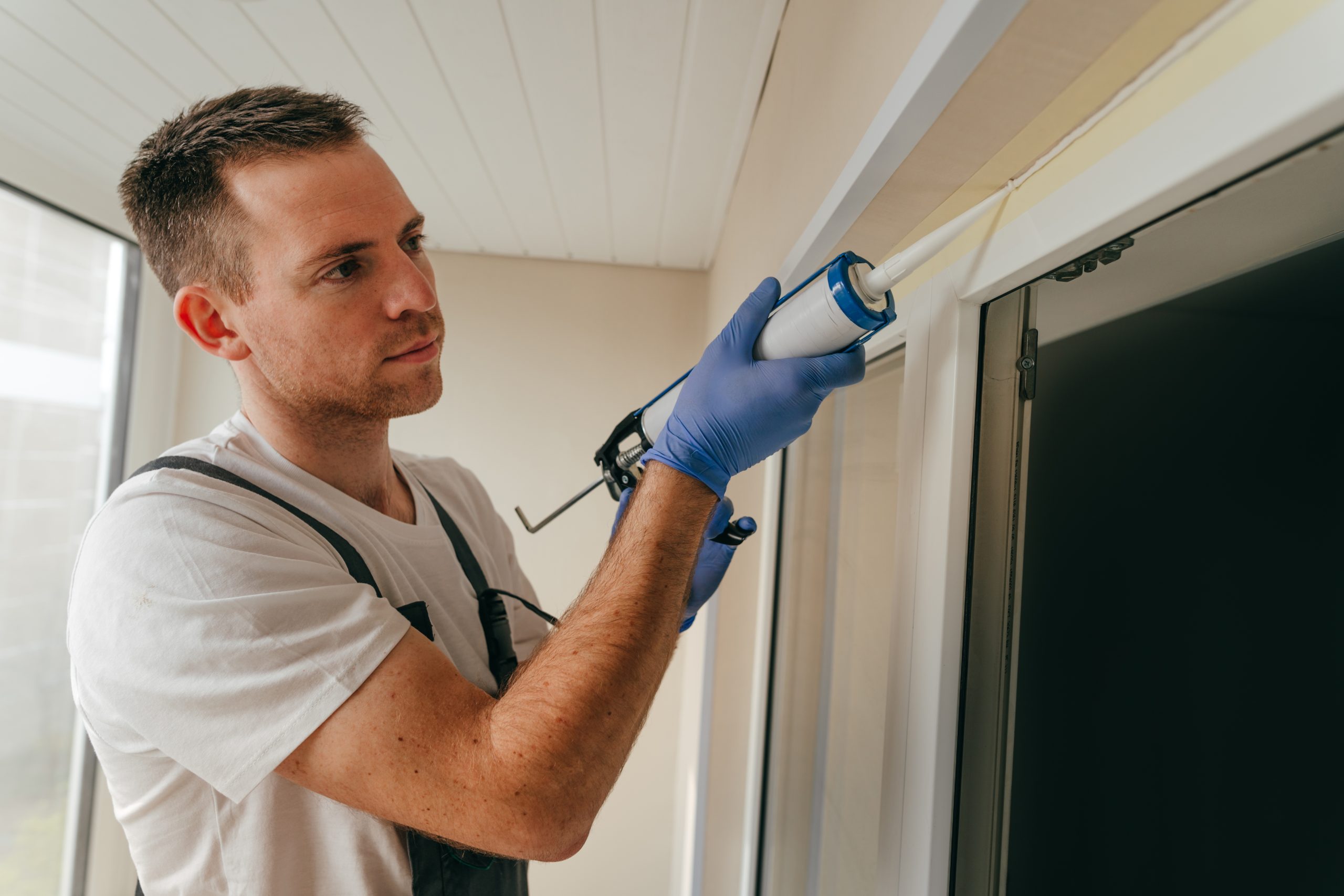Keeping your home’s exterior caulking in good shape is important. It protects your home from water, drafts, and pests. Over time, caulk can crack or wear out, so knowing when and how to replace it can save you money and prevent bigger problems.
Why Exterior Caulk Is Important
- Stops Water Damage: Seals gaps to prevent leaks and mold.
- Saves Energy: Blocks drafts to keep heating and cooling costs down.
- Keeps Pests Out: Stops bugs from sneaking in.
- Improves Looks: Makes your home look clean and well-maintained.
When to Replace Exterior Caulk
Look out for these signs:
- Cracks or Peeling: The caulk looks broken or is peeling away.
- Feels Hard or Brittle: Caulk should be soft and flexible.
- Discoloration or Mold: Water might be getting through.
- Drafts or High Energy Bills: Gaps let air in and out, making your home less energy-efficient.
How to Replace Exterior Caulk
Replacing caulk is simple if you follow these steps.
What You’ll Need
- Caulk remover
- New exterior caulk (silicone or polyurethane works best)
- Caulking gun
- Utility knife
- Cleaning solution and rags
- A smoothing tool or a damp finger
Step-by-Step Guide
- Remove Old Caulk
Use a caulk remover and a utility knife to scrape away the old caulk. Take your time to avoid damaging the surface. - Clean the Area
Wash away dirt and debris with a cleaning solution. Let the area dry completely before adding new caulk. - Prepare the New Caulk
Cut the tip of the caulk tube at a 45-degree angle. Load it into the caulking gun. - Apply the New Caulk
Squeeze the trigger evenly as you run the gun along the gap. Move steadily to create a smooth bead of caulk. - Smooth It Out
Use a smoothing tool or your damp finger to press the caulk into place and create a neat finish. - Let It Dry
Check the instructions on the caulk tube to see how long it needs to cure. Avoid painting or exposing it to water until it’s fully dry.
Tips for Success
- Work on a dry day when temperatures are above freezing.
- Choose a high-quality caulk for better durability.
- Wear gloves if you’re sensitive to the materials.
Get Expert Help Today
If you’re in Oshawa, Ajax, Pickering, Whitby City, or Toronto and need help with exterior caulking or other home improvement projects, Kettle Contracting is here to help. Contact us today for professional service and expert advice. Let’s keep your home protected and looking great!



